Self certification letter template
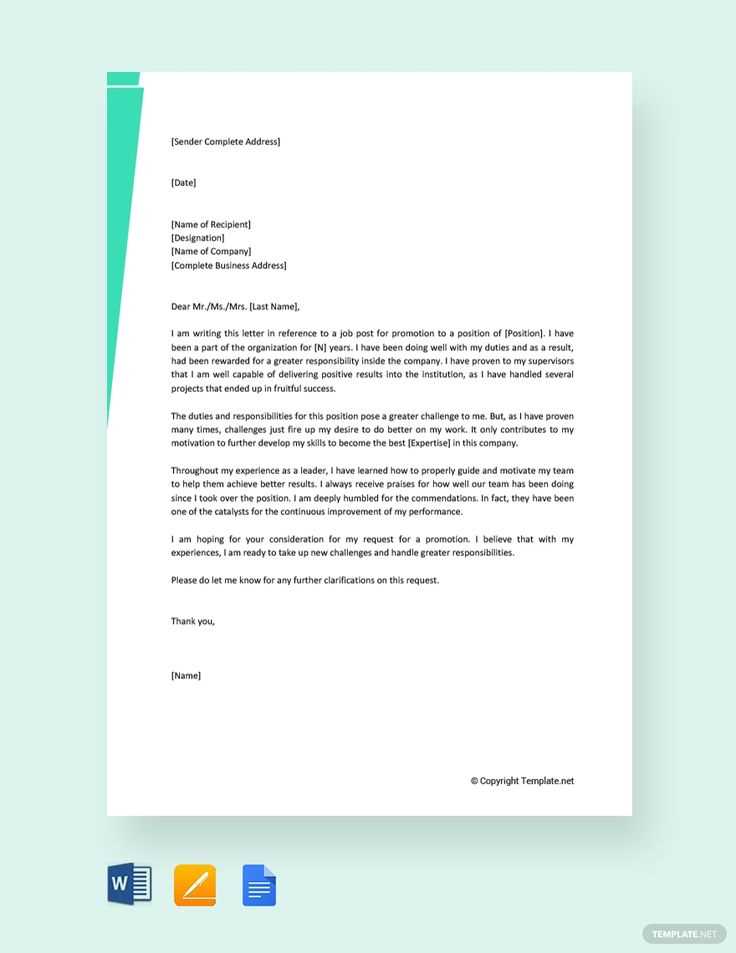
If you need to provide proof of your qualifications, experiences, or any specific claims, a self-certification letter can help. This letter allows you to formally affirm certain facts without requiring external verification. It’s often used in various contexts, including job applications, educational purposes, or business transactions.
Ensure the letter is clear and direct. Begin by stating your intent, such as confirming specific qualifications or statements about yourself. Include details about the relevant context, such as dates, positions, or activities related to the claim. Make sure to sign and date the document to make it legally binding.
It’s essential to maintain transparency and avoid exaggerating or fabricating details. In the absence of external verification, the strength of the letter comes from your honesty. Additionally, be sure to include any references to documents or other evidence that can support your claims, should they be requested later.
Here are the corrected lines without unnecessary word repetition:
Use clear and concise language when drafting your self-certification letter. Avoid redundancy by removing repeated phrases that don’t add value. For instance, instead of saying “I hereby certify that I am certifying the accuracy of this statement,” use “I certify the accuracy of this statement.” This eliminates excess wording while maintaining clarity.
Revised Example:
Before: “I hereby declare that I am making this declaration to confirm the truth of the facts stated.”
After: “I declare the truth of the facts stated.”
This revision maintains the meaning while being more straightforward. By focusing on the core message, your self-certification letter becomes more professional and easier to read.
- Self Certification Letter Template
Clearly state your name and the purpose of the letter. For example, “I, [Your Name], am writing to certify that I am employed at [Company Name] as a [Job Title], starting from [Date].” Be concise and to the point.
Provide necessary details such as your role, income, or other relevant information, ensuring that it matches the request. If certifying income, specify your salary and the period for which it applies. Example: “I confirm that my current monthly salary is [Amount].”
Affirm the accuracy of the information: “I declare that the details provided are true and correct to the best of my knowledge.” This assures the recipient of your honesty.
Finish with a polite closing, such as: “If you need further details, please feel free to contact me.” Sign the letter with your full name and contact information.
Begin with a clear heading, such as “Self Certification Letter” followed by the date of writing. This helps set the context immediately.
Open with a formal salutation like “Dear [Recipient’s Name or Title],” to establish a respectful tone.
Next, introduce the purpose of the letter. For example, clearly state: “I am writing to self-certify that…” This ensures the reader knows your intent right away.
In the body of the letter, provide specific details relevant to the certification. Outline the facts that you are certifying, keeping the information direct and unambiguous. For instance, include personal details or events that you’re affirming. Be clear and avoid unnecessary elaboration.
- State the factual information you are certifying.
- Provide dates or other supporting details, if necessary.
- Be specific about the situation and what you’re certifying, using straightforward language.
Conclude the letter by affirming your responsibility for the accuracy of the certification. For example, “I confirm that the above statements are true to the best of my knowledge.” This statement serves as an official declaration.
Finish with a formal closing, such as “Sincerely” or “Best regards,” followed by your name and signature if required. This completes the letter’s structure professionally.
Provide your full name and contact details at the beginning of the document. Clearly state your position or role, along with the date of self-certification. Mention the specific reason for certification, such as employment status or health condition, and ensure that your declaration is relevant to the context of the certification.
Include a detailed description of the information being certified, ensuring accuracy and clarity. If applicable, provide supporting documentation or evidence to validate your statements. Make sure that the content is written honestly and reflects your true circumstances.
End the document with a statement confirming that the information provided is correct, followed by your signature and the date. Depending on the requirements, you may also need to have the document witnessed or notarized for added verification.
Avoid being vague in your self-certification letter. Make sure every statement is clear and precise, as ambiguity can lead to misunderstandings or rejection. If you’re certifying your employment or income, provide specific details like your job title, dates of employment, and income amount instead of using general terms.
1. Failing to Include Necessary Information
Ensure you include all required details, such as your name, address, contact information, and the specific purpose for which you’re providing the certification. Missing out on this information can cause delays and confusion.
2. Incorrect Formatting
Proper formatting gives your letter a professional appearance. Follow any guidelines provided by the institution requesting the letter. If no format is specified, use a simple letter format with a clear heading, body, and closing.
3. Making Unsupported Claims
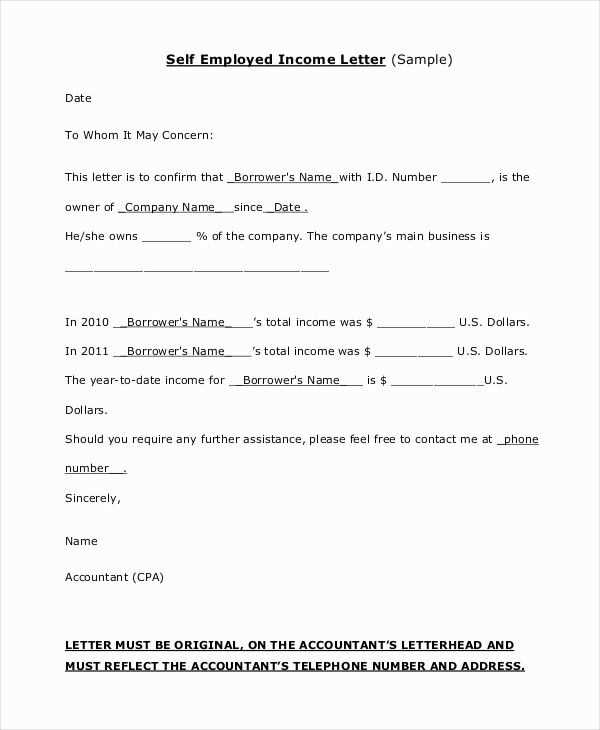
Only certify information you can substantiate. If you state you have a certain income, be prepared to back it up with documents or other proof. Avoid exaggerating or misstating facts, as this could jeopardize your credibility.
4. Using Unprofessional Language
Keep the tone formal and professional throughout the letter. Avoid using casual language, slang, or overly emotional language. A self-certification letter is a legal document and should be treated as such.
5. Not Proofreading
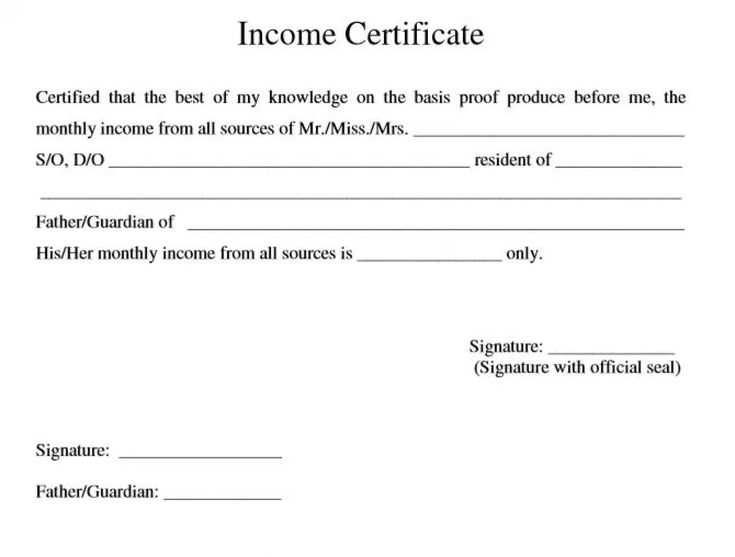
Before submitting your self-certification letter, carefully proofread for any spelling, grammar, or punctuation errors. A letter with mistakes can create an impression of carelessness and may lead to your letter being rejected.
6. Leaving Out the Signature
Always remember to sign your self-certification letter. A missing signature could invalidate the document or cause unnecessary delays in processing.
| Mistake | Consequence | Solution |
|---|---|---|
| Vague Statements | Confusion or rejection | Be specific and clear |
| Missing Information | Processing delays | Provide all necessary details |
| Unsupported Claims | Damage to credibility | Ensure you can verify all statements |
| Unprofessional Language | Creates a negative impression | Maintain a formal tone |
| Failure to Proofread | Errors diminish professionalism | Review for mistakes before submission |
| Missing Signature | Letter may be invalid | Always sign the letter |
When drafting or signing a self-certification document, ensure you fully grasp its legal weight. A self-certification asserts that the information you provide is true and accurate, carrying potential legal consequences if proven false. Misrepresentation can lead to penalties, fines, or other legal actions depending on the context in which the document is used.
Legal Consequences of False Information
Submitting false claims can expose you to various legal risks. For example, in the case of financial self-certification, providing incorrect income or asset details may result in financial penalties, legal charges, or disqualification from certain programs. In employment-related self-certification, falsifying details could lead to job termination or a lawsuit for breach of trust.
Key Points to Consider
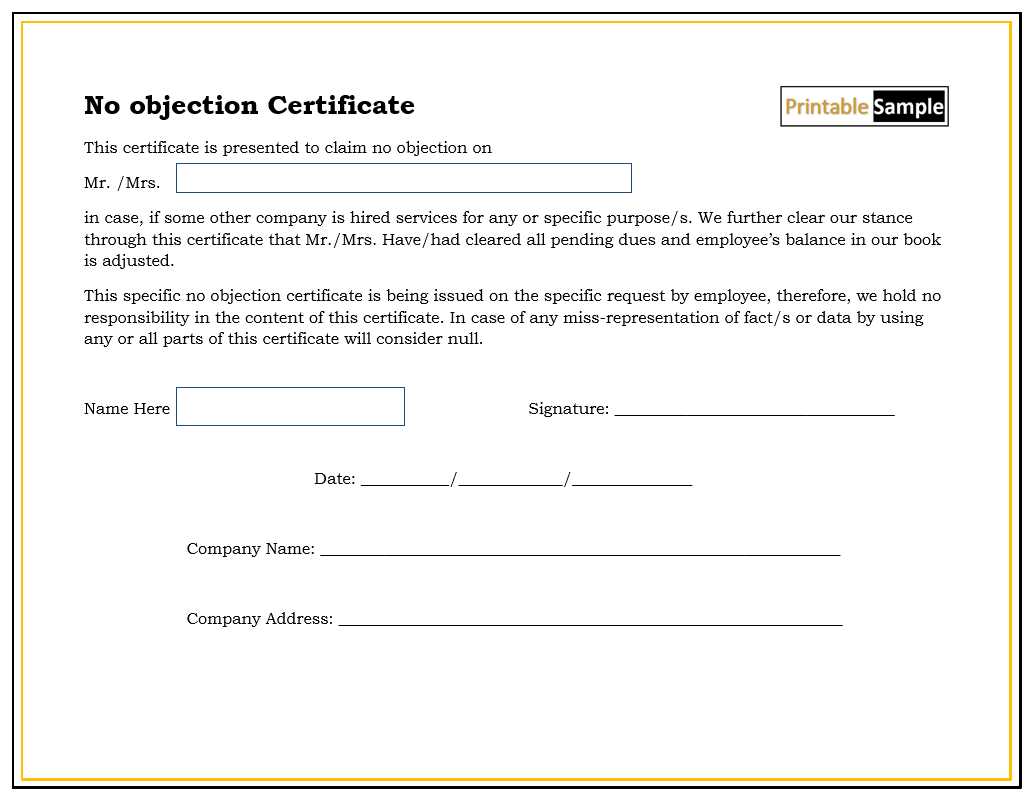
- Accuracy: Ensure all the information provided is verified and accurate before submitting.
- Intent: Courts may assess whether there was fraudulent intent behind any inaccuracies.
- Records: Keep copies of the self-certification and any supporting documents in case they need to be reviewed later.
Adjusting a self-certification letter to fit different circumstances requires a focus on specific details relevant to the situation at hand. For instance, when confirming employment, include information like job title, duration of employment, and work hours. Be concise yet clear about the exact nature of the self-certification, specifying what is being verified.
For legal or compliance purposes, use more formal language. Ensure all required documents or statements are referenced, indicating the exact compliance or condition being self-certified. This level of detail adds credibility and avoids ambiguity.
If the letter pertains to a financial situation, such as declaring income, specify the time frame and amounts. In these cases, accuracy is key to ensure transparency and avoid misinterpretation.
In cases of health-related self-certification, be specific about the condition or treatment. Include only the necessary medical facts and avoid oversharing sensitive personal information. The tone should remain professional but empathetic.
Tailoring the letter for an informal situation, like a personal reference, allows for more flexibility in tone. A friendly yet professional approach works best here, while still addressing the essential points relevant to the request.
Use a self-certification letter when you need to confirm a statement about your personal circumstances without relying on third-party verification. For instance, if you’re applying for a loan and the lender requires you to verify your income, a self-certification letter may suffice if official documents are unavailable. This letter is also useful in employment scenarios when proving absence due to illness or personal reasons.
Avoid using a self-certification letter when the situation requires official documentation or an independent verification. For example, in legal matters or situations involving health insurance claims, it’s better to provide original medical reports or certifications from a qualified professional. Relying on a self-certification letter in these cases could lead to doubts about the validity of the claim.
Self Certification Letter Template
When preparing a Self Certification Letter, make sure to state the necessary information clearly. Use a concise introduction to explain the purpose of the letter. Keep it direct while ensuring that the letter’s intentions are easily understood.
Structure and Key Elements
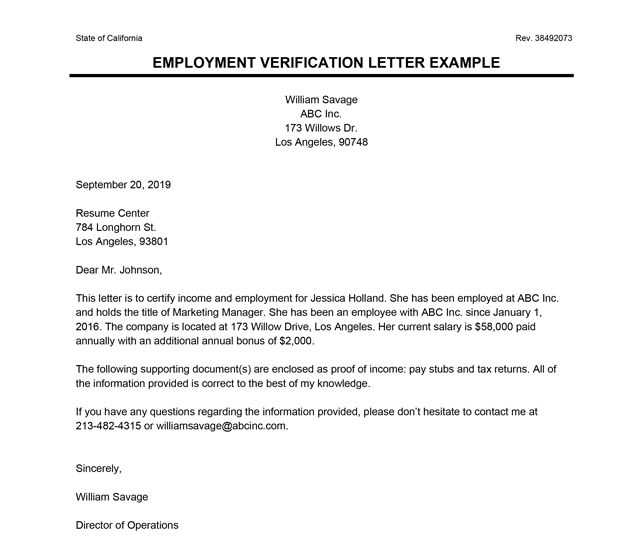
Start with a clear declaration of your identity and the reason for self-certification. You should briefly confirm the accuracy of the information being provided. Be precise, but avoid redundancy. Repeat the term “Self Certification Letter” no more than two to three times to maintain clarity and avoid overuse. Each part of the letter should serve a clear purpose, whether confirming details or making a formal statement.
Conclusion
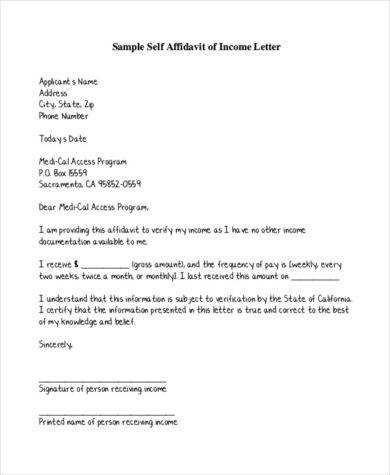
Finish by affirming that the contents are accurate, and include a formal sign-off. Ensure that your closing remarks tie back to the original purpose of the Self Certification Letter without unnecessary repetition.